Eight Bells: Herbert H. Pearcey
Published on September 18th, 2015
It is with deep sadness that I report the passing of Herbert H. Pearcey, the renowned British aerodynamicist and member of the British America’s Cup Challenge of 1985/6.
Herbert pioneered, amongst many other achievements, the development of supercritical wing sections which allow the modern traveler to travel large distances economically at speeds just below that of sound. His work was carried out in the 50’s and thus, as far as I am aware, preceded that of NASA’s Richard Whitcomb in the early 60’s.
Herbert’s work first influenced the wing design of the Vickers VC10, which, to this day, has the fastest economical cruising speed of any commercial subsonic transport aircraft, which is a testament to the efficiency of his wing sections. His work also influenced the wing design of the BAC 111, the Hawker Siddeley Trident and the Hawker Siddeley 125 executive aircraft.
Additionally, his work was also used in the wing design of the first airbus the A300B and it was only when Eastern Airlines, which had number of the aircraft on trial, realised that it was 33% more economical than the Lockheed Tri-Star’s it was then operating, that sales of the aircraft, which had been sluggish, took off. He also influenced the wing design of the Avro Vulcan Bomber.
He had been the Principal Scientific Officer, Aerodynamics Division, at the National Physical Laboratory (NPL), but when I first met him he had retired from that position and was a consultant at the NPL as well as being Professor of Aeronautics at City University, London.
He had been retained by the Challenge to oversee the testing of the output of the design team of which I was a member. At first, relations were not brilliant but slowly a mutual respect developed which became, over time, a very firm friendship and until his death we were in regular contact.
Herbert believed very strongly in the power of intuition and encouraged me to follow my hunches and to think outside the box as he had done in his research work. He gleefully told the story of the mathematicians who had told him that what he was trying to achieve with supercritical airfoils was mathematically impossible and it gave him great pleasure that his hunches were correct and their mathematics were wrong.
As with many people in their later life Herbert was loath to change old habits. Not in the use of new ideas, which his agile mind was quick to appreciate, but in some of the tools he used. We would all turn up to a design meeting with our scientific calculators at the ready whilst Herbert turned up with his trusty slide rule but he still very often beat us to the answer.
Although originally hired to organise the testing and collate the results of that testing, Herbert contributed much to the flow of ideas that are the lifeblood of any design or research program. With two competing design teams rivalry between them was often intense and Herbert was not reticent in putting forward to management the merits of our boat latter to become “Crusader 2”.
At one stage “Crusader 2” was very nearly not built and it was only Herbert’s constant lobbying and the generosity of Cougar Marine, who built the boat on spec, with no guarantee of payment, that the boat ever saw the light of day.
When the boat went to Fremantle, Herbert was invited out to see the boat perform but he declined because he didn’t like flying which makes one wonder what he knew and we don’t.
Herbert had the most interesting of lives but he will be sorely missed. Rest in peace Herbert you will not be forgotten. – Dave Hollom

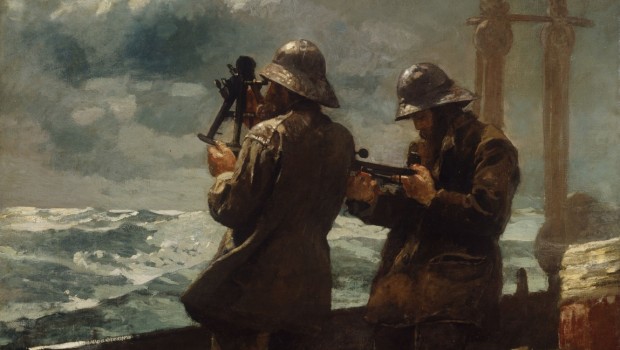


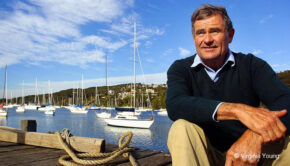
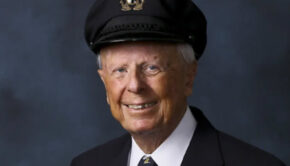
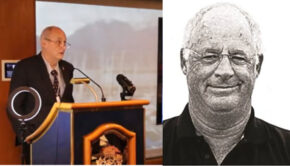
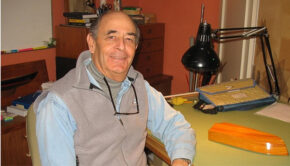
 We’ll keep your information safe.
We’ll keep your information safe.